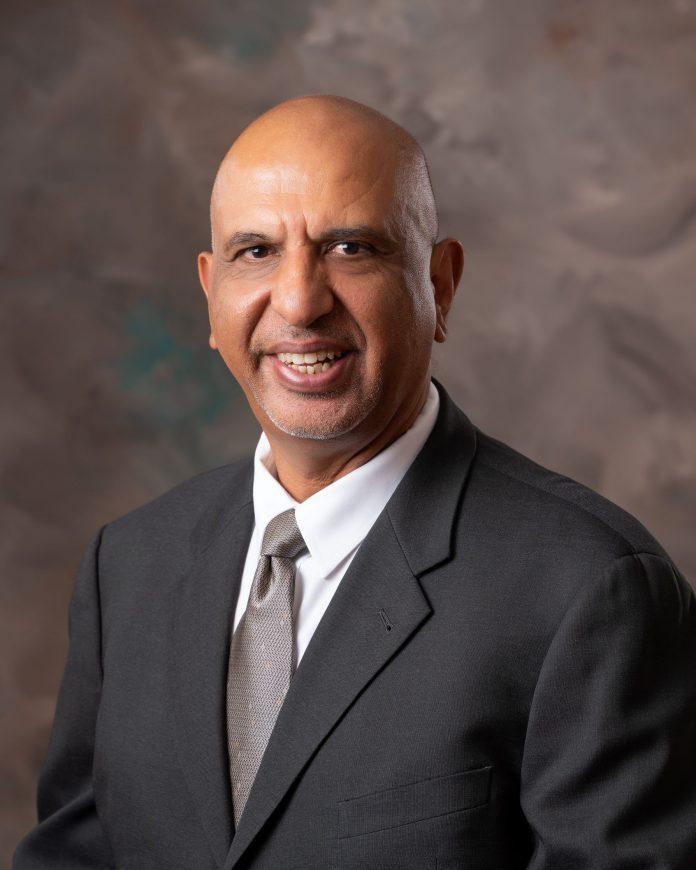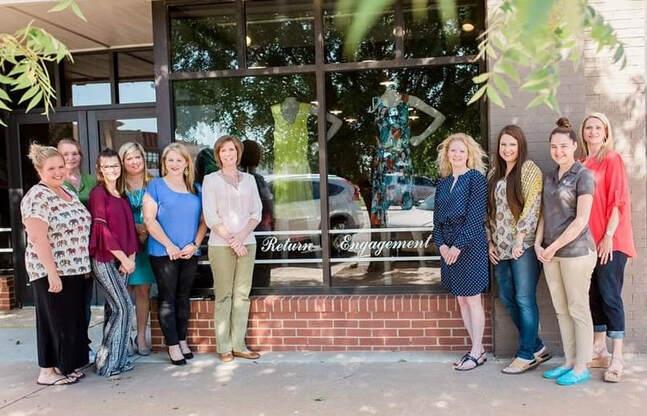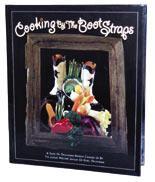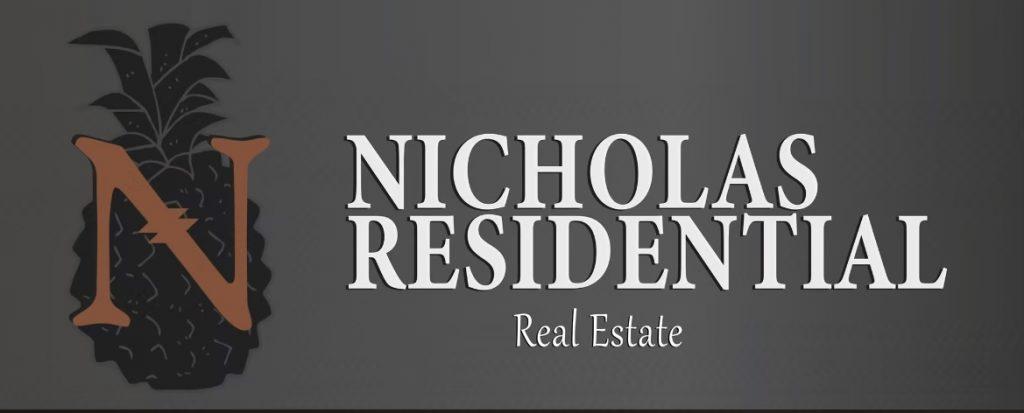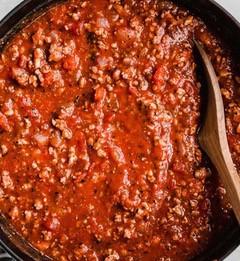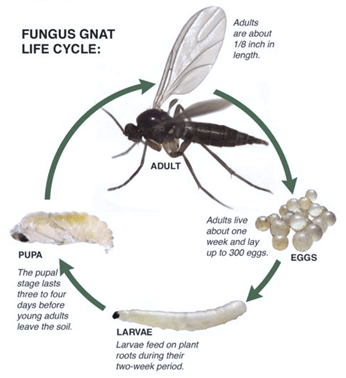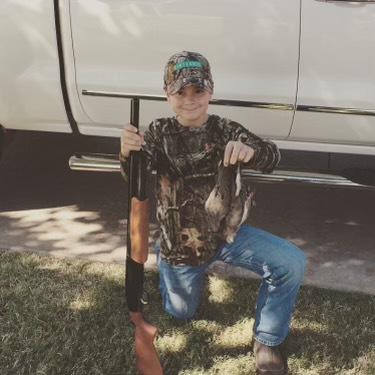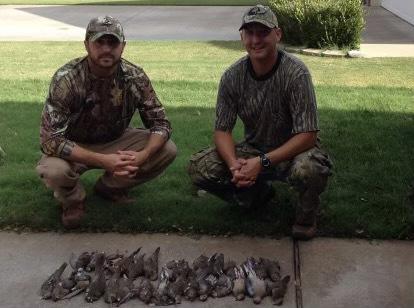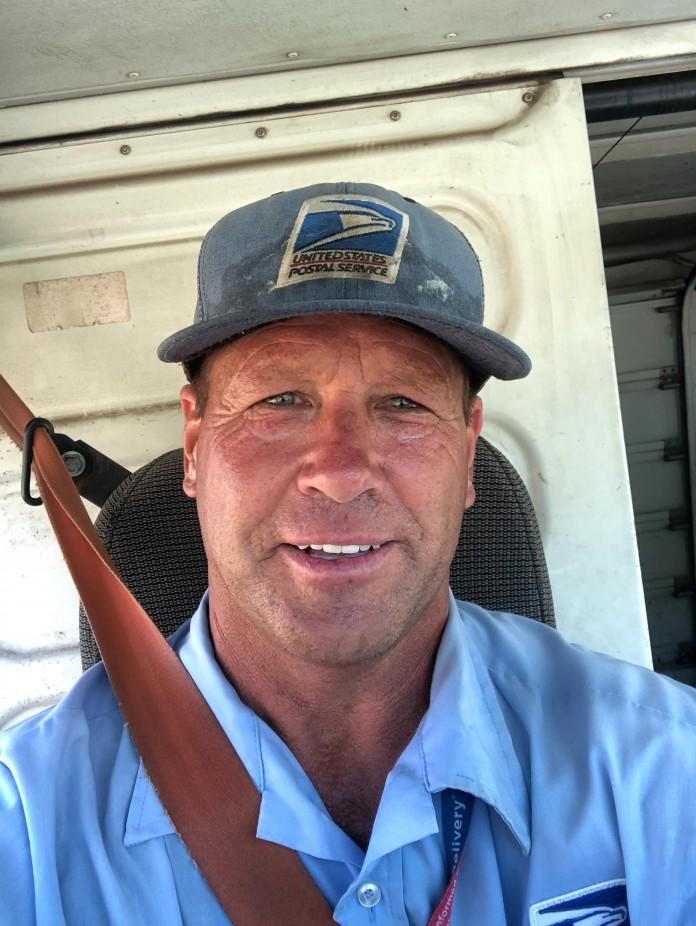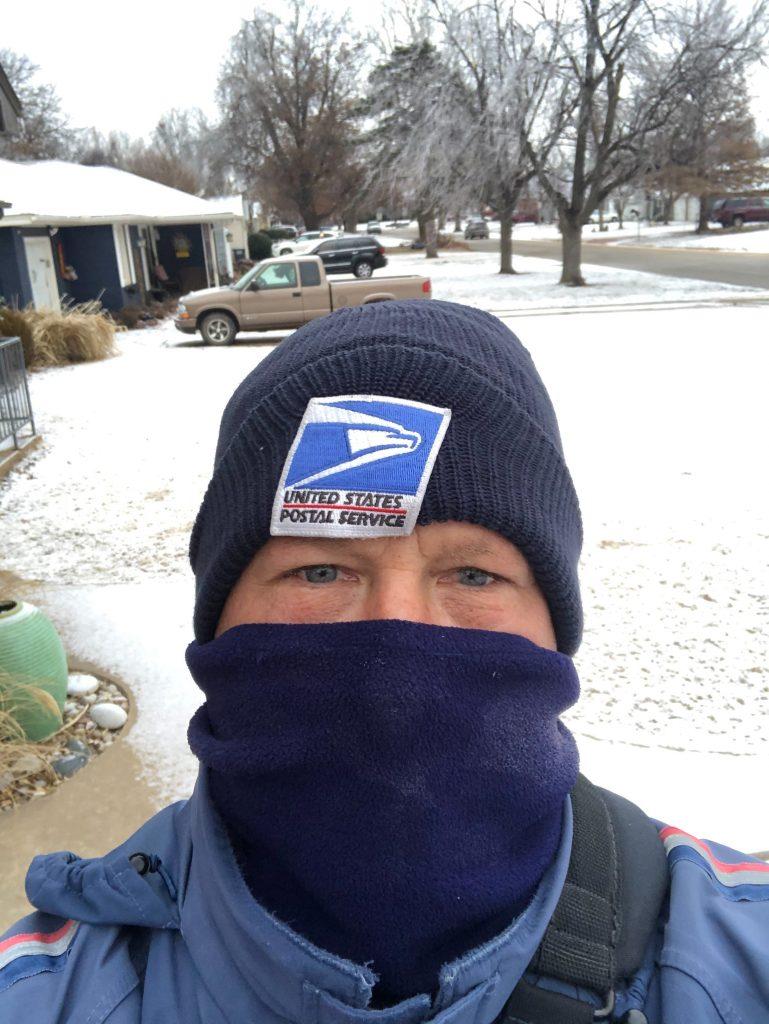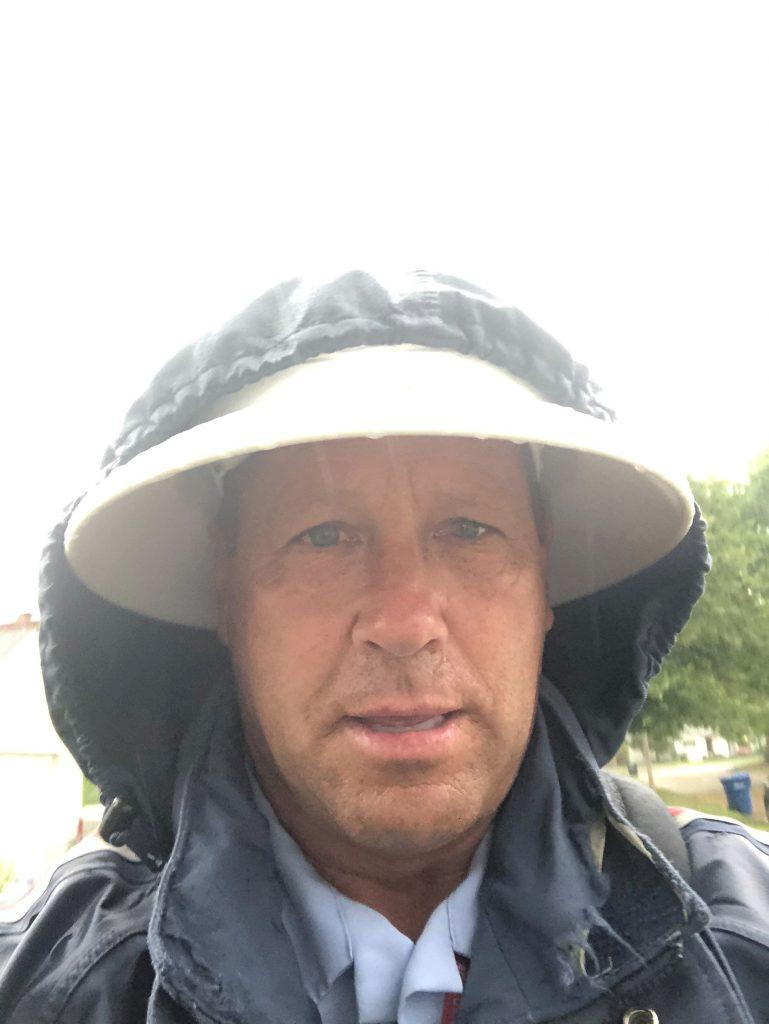The word Thanksgiving immediately calls to mind images of pumpkins and pilgrims and all things fall; however, the most prevalent image is food. Thanksgiving is about the feast and food the centerpiece of the celebration.
Families large and small, individuals, groups of friends all have one thing in common. The schedule of the day revolves around what time the turkey will be prepared to perfection and ready to serve hot and fresh. Most people have waited 364 days for this holiday of indulgence to roll back around to eat guilt-free and enjoy special foods often prepared just once a year.
There is something ironic about Thanksgiving and its abundance of comfort food kicking off the holiday season. A season that is known as the most wonderful time of the year sometimes lends itself to creating added stress and anxiety. Therefore, indulging in favorite foods and giving yourself a break could be considered self-care, a crucial factor in combatting those conditions. People choose to indulge and celebrate the holiday in many ways.
Planning Ahead Is Key

Whether it is going out to eat or picking up a full meal to go ahead of time is probably one of the most relaxing ways to enjoy Thanksgiving. However, in Enid, if you plan to take the family out to eat for a big feast, it is important to plan. When gathering information from local restaurants and delis with a little over a month to go until Thanksgiving Day, most restaurants stated they would close for the holiday allowing workers to spend time with their own families.
Gary Perry of Swadley’s Bar-B-Q reported the while the restaurant would close on Thanksgiving Day, they will take pre-orders for smoked meats (including turkey and ham) and sides including traditional green beans, sweet corn, mashed potatoes. He said “we package them for easy reheat and service on Thanksgiving Day. We include heating instructions and anything needed for service.” He added a plug for their “wonderful cakes and cobblers made fresh for the occasion.”
Cherokee Ranch Land and Cattle Co. was still finalizing plans at press time. Rodney Brittain, the Managing Partner, was still making plans as to whether the restaurant would be open on Thanksgiving Day or not. Brittain said they would be offering “full meals to go” and the opportunity for “a great family celebration” by reservation only. He encouraged people to contact them at (580) 297-5480 to order full meals to go in advance or for information regarding reservations.
Land Run Steakhouse management was still in the planning stages as well. They sounded optimistic they might try to be open a portion of the day to offer an alternative to cooking at home, and suggested watching their social media or to contact them directly in the coming weeks for more detailed information.

Jumbo Foods Deli is a popular go-to in Enid for everything from just the turkey or individual side dishes to entire take-home meals, however, at our print deadline, deli staff said they were still “about a week out” from finalizing prices and releasing this year’s Thanksgiving catering menu.
Management at Jumbo’s pays close attention to food costs to determine the best pricing. Grocery prices have fluctuated especially this year due to supply and demand among other things. The goals are to keep costs as affordable as possible. In an ever-changing environment, this can be hard to predict.
The consumer price index (the variation in prices paid by typical consumers for retail goods and other items) rose in September. According to the U.S. Bureau of Labor Statistics news release from October 13, 2021, over the last 12 months, the all items index increased 1.3 percent. The index for food rose 0.9 percent, with the index for food at home increased 1.2 percent. The index for food rose 0.9 percent, with the index for food at home increasing 1.2 percent, the equivalent of the gasoline index rising.
Store staff advice at Jumbo’s highly recommends people interested in ordering fully prepared items including smoked turkeys and other items for Thanksgiving contact them around the first part of November as they hope to have the menu and prices set by then. According to staff in the grocery department at Jumbo’s, the store will be open for a portion of the day, however, the plan is to close early to allow employees to celebrate with their families.
In years before 2020, Walmart was always open on Thanksgiving Day, often starting Black Friday sales a day early. According to the store’s corporate website, Walmart announced in June of this year that “all U.S. store locations will close for Thanksgiving Day, Nov. 25, as a ‘thank you’ to associates for their continued hard work during the pandemic.” According to the website, this is the second year running that Walmart has closed stores on Thanksgiving Day to give time back to associates. Stores will operate regular posted hours on Wednesday, November 24, close for the holiday, and reopen Friday, November 26. According to the latest press release those hours are yet to be officially determined.
As far as Thanksgiving to-go catering items are concerned, Walmart lists cooked turkey, ham, macaroni and cheese, yams, collard greens, mashed potatoes, and other dinner items. Their marketing release also mentions “sweet treats” such as pies and cakes.
Additional restaurants in town that will be closed on Thanksgiving Day but offering entrees and sides available for ordering in advance include Blazes BBQ, Colton’s Steakhouse, Katy’s Pantry, Rib Crib.
When contacted, IHOP reported they will be open and serving on Thanksgiving for those not wanting to cook. They also recommended calling for specific hours of operation.
Overall, the best plan would be to contact local restaurants and deli’s and solidify meal plans in advance.
Family Traditions

One of the most popular traditions among families is to gather with a full day of meal prep, cooking, feasting, and togetherness. My memories of Thanksgiving growing up were gathering at grandma and grandpa’s house which although I was there pretty much every day took on a whole different atmosphere on the actual holiday. Most everything was made from scratch on a regular day but something different about those special dishes that only appeared on the table during the holidays. To this day I have not found anything that compares to the taste of my grandma’s cornbread dressing. Even when I try to duplicate the recipe, it just is not the same. I believe the extra nonfood ingredients of time, technique, and pure love of family that went into the preparation made the difference in how things tasted. At the time I did not realize what a treasure that was. I innocently sat at the end of the counter watching, conversing, and sharing laughter while my grandma prepared the meal with help from my mom and aunts helping as they were able. Grandma’s kitchen was small and did not allow for a team of cooks all at once, however, looking back I don’t think grandma would have it any other way. She loved her family and loved cooking for them. At least if there ever was time she did not, you never heard it.
I know throughout my adult life I have even expressed out loud that I just did not want to cook dinner. Thinking back, I don’t ever remember hearing grandma uttering those words. Of course, in Cherokee, America if you did not feel like cooking you didn’t have the luxury of going out to eat. Come to think of it, things have kind of come full circle here in Enid with the limited places to eat on Thanksgiving Day.
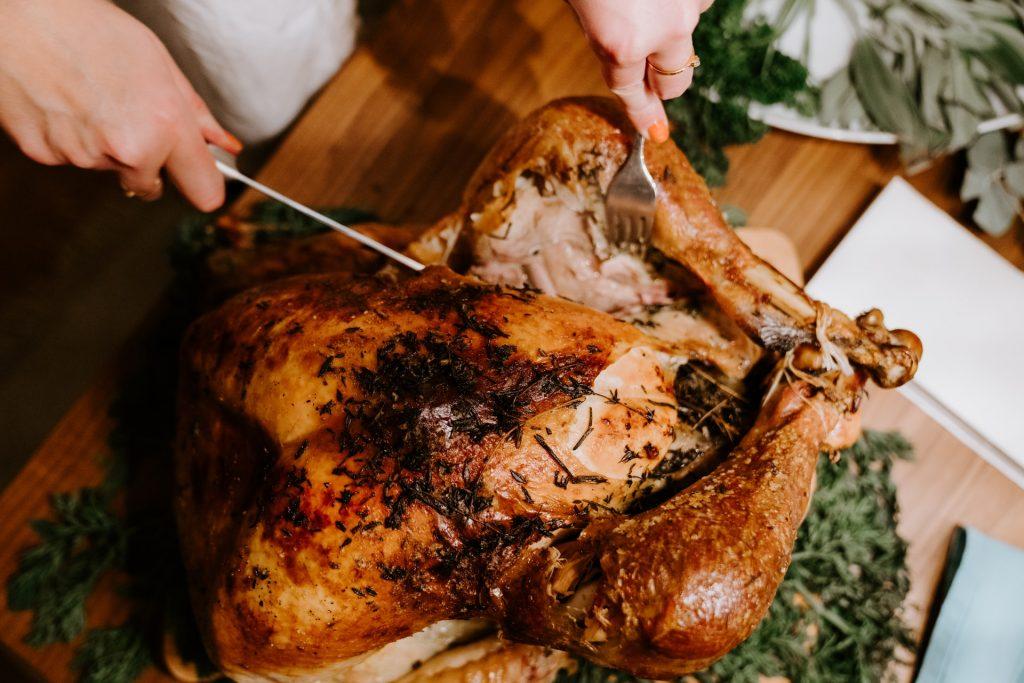
While the food was a favorite, I enjoyed the fact that the holiday brought my aunts, uncles, and cousins all together. I was one of the youngest out of the group, so I looked up to all of them. I don’t remember not having a football around and while we never had an annual family football game or anything like that, I loved bringing out my inner tomboy and worked hard to show them year after year how much my spiral had improved. When we were not tossing around the football or eating, we were watching football and all day was filled with humor and fun. I remember laughing so hard! Of course, I chuckle to myself writing this because I to this day think I have a pretty good sense of humor and can be funny (sometimes I am the only one that thinks so) but my cousins were hilarious. So, for anyone who knows me personally and has had to put up with my wit, you can blame my family. We laughed for hours on end and just enjoyed our time together. Family, football, laughter, and food. Speaking of food, I can’t move on without giving proper recognition to the amazing homemade pumpkin pie my grandma made. If I had to pick a favorite food at Thanksgiving, yes, I will admit, it is the pumpkin pie.
Blended families and marriages often result in attending more than one Thanksgiving celebration. At one time, Brandy Hise and her husband Jeremy had three Thanksgiving celebrations to attend with two in one day. Splitting time with parents the tradition was to have lunch with one set of parents and dinner with the other set of parents. Both meals being full servings of turkey and all the sides. When asked about how difficult it was to have two full Thanksgiving meals in one day, Brandy admitted that “while nobody said it out loud, everyone had their favorites, so they usually ended up eating more at one than the other.” In addition to good food, she says that watching football has been a consistent tradition.

No matter where they spend the day, watching the Detroit Lions game is a consistent tradition for her family. She could not recall a time her husband, Jeremy has missed watching the game.
The tradition of the Lions playing on Thanksgiving Day started long before he was even born. The Lions began playing on Thanksgiving Day in 1934 and owner George Richards also owned a major radio station. Along with NBC Radio, Richards set up a 94-station network to broadcast the Lions as they took on the Chicago Bears. CBS started nationally televising the Lions’ Thanksgiving game in 1956, and the first-ever color broadcast of a football game was the Lions Thanksgiving game in 1965.
Brandy says the tradition has evolved to two different celebrations split up over the course of a couple of days leaving time for more relaxing including football on the outdoor tv, sitting on the patio around the fire pit with family.
Creating A Festive Atmosphere

In addition to the amazing food, creating a festive atmosphere with decorating for fall adds to the excitement of the season. While I know some people love decorating for Christmas and enjoy starting early, I tend to enjoy my holidays in order. Fall decorations with a focus on Halloween easily transition to Thanksgiving with the removal of a few witches and ghosts and some themed signs. I used to think I had a great decorating style and enjoy my house every year once everything is in its place after the transition from every day to crisp fall comfort. I ‘used to think” that is, before I met Matt Whittenburg. If you don’t know Matt or have not seen his work as a designer for Enid Floral, you are missing out. He has an eye and talent that honest to goodness can turn a simple pile of ribbon and sticks into a gorgeous masterpiece.
When I started thinking of images to accompany this story my thoughts immediately went to images of Matt’s work. He does professional decorating and does a fabulous job; however, I think my favorite work of his is what he does out of pure enjoyment in his own home, and knew I needed to ask him to put something together for this article It did not take him long to create a masterpiece table presentation, and by making slight adjustments, had several different looks in a short amount of time.

Matt refers to himself as an “over decorator,” meaning just when you think it’s finished, he adds one little thing to complete it. His motto is “when too much is just not quite enough.”
When asked what advice he had for the creatively challenged? He made it sound simple with the following advice: “Get a few things out, bowls and trays, pumpkins, berries, turkey, table runners, and napkins….and start mixing and matching. I’m all about texture.”

The completed look often appears to be quite expensive, however, Matt shared “most of my stuff is estate sales, hobby lobby 90% off, or family treasure that I enjoy using from granny when I was a child. She was about every holiday.” His granny’s decorating talent and influence are apparent throughout his home which he describes in the witty way only he can convey as a “small house that’s quirky, ostentatious, stupid and sometimes random in the styling like a 90-year-old lady lives here.” So whether you follow in Matt’s footsteps and go all out with the fall decorating, hire a company like Eid Floral to decorate, or use the kid’s school art on the fridge and call it good, adding a touch of fall décor adds to the festive atmosphere!






